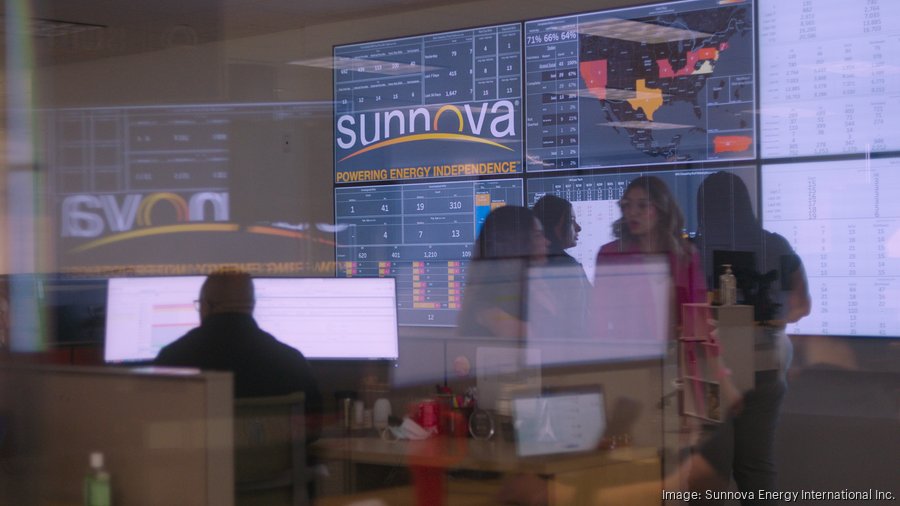Sunnova’s Solar Storm How a Houston Energy Giant Crashed Under Financial Pressure
Massive layoffs, halted operations, and a Chapter 11 filing reveal the struggles of one of America’s top solar companies
A Bright Spark Fades
Sunnova, once a beacon of hope for clean energy expansion in the U.S., has entered a dark chapter in its corporate journey. The Houston-based solar energy company, known for powering homes across the country with renewable energy solutions, filed for Chapter 11 bankruptcy on June 1. This significant move came just days after the company initiated a sweeping round of layoffs, cutting more than half its workforce in a bid to stay afloat.
The Bankruptcy Breakdown
According to court documents filed in the U.S. Bankruptcy Court for the Southern District of Texas, two key Sunnova entities — Sunnova Energy International Inc. and Sunnova Intermediate Holdings, LLC — initiated Chapter 11 proceedings, seeking legal protection while it attempts to restructure its operations.
The company’s financial disclosure paints a grim picture. Sunnova holds liabilities totaling just over $10 billion, while its total assets are valued somewhere between $10 billion and $50 billion.
Executives cited the bankruptcy as a “strategic decision made in the best interest of stakeholders and creditors,” acknowledging that without legal reorganization, the future of the business would be at serious risk.
The Domino Effect of Economic Stress
The lead-up to the bankruptcy was marked by increasingly severe financial setbacks. In May, Sunnova informed the Securities and Exchange Commission of its plans to reduce its workforce by 55%, translating to around 718 employees. The company stated this measure was necessary to curb rising operational costs and preserve shareholder value.
In a separate letter to the Texas Workforce Commission, Sunnova Vice President Latasha Bernard explained that despite months of effort to raise fresh capital, funding efforts fell short. The situation deteriorated further when some of the company’s tax equity investors abruptly halted additional funding, paralyzing Sunnova’s ability to continue work on both new and existing solar projects.
The Broader Industry Shake-Up
Sunnova’s collapse underscores the mounting pressures facing the renewable energy sector in today’s volatile economic climate. What was once an industry poised for rapid growth now finds itself navigating rising interest rates, tightened capital markets, and diminishing federal support. These headwinds have especially impacted solar installation firms reliant on external investment and government incentives.
In Sunnova’s case, this instability was compounded by a sudden reduction in liquidity, which stifled operations and brought its business to a grinding halt. Once celebrated for its aggressive expansion and consumer-focused solar offerings, Sunnova now joins a growing list of renewable energy firms forced into restructuring.
What Lies Ahead
With the bankruptcy now underway, all eyes will be on how Sunnova navigates its next steps. The company has not yet disclosed a specific recovery plan but is expected to focus on debt restructuring, cost optimization, and potential asset sales to stabilize its position.
While Chapter 11 provides temporary breathing room, Sunnova’s long-term viability will depend on its ability to regain investor confidence and adapt to a rapidly changing energy market.
The company’s sudden downfall also serves as a sobering reminder — even green energy giants can falter in turbulent economic waters. For stakeholders, employees, and industry watchers, Sunnova’s journey from promising innovator to financial casualty is both a cautionary tale and a call to rethink the infrastructure supporting America’s clean energy future.
Conclusion
Sunnova’s bankruptcy marks a critical turning point for the solar industry in the U.S. It reflects not only the challenges of scaling sustainable energy but also the financial vulnerabilities that can derail even the most ambitious of companies. As the industry continues to evolve, the need for resilient financial models and broader support becomes more urgent than ever.

